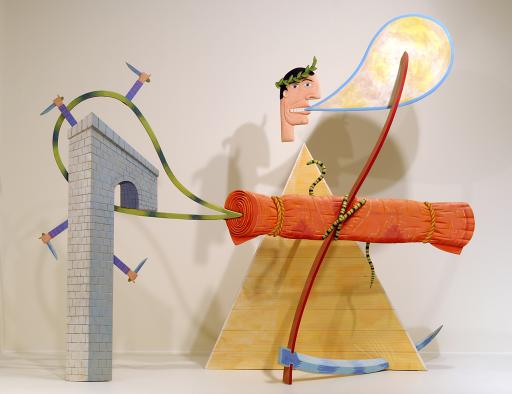Aloha, John E. Buck
Artwork Overview

John E. Buck, artist
born 1946
Aloha,
1978
Where object was made: United States
Material/technique: paint; wood
Dimensions:
Object Height/Width/Depth (Height x Width x Depth): 2745 x 3355 x 610 mm
Object Height/Width/Depth (Height x Width x Depth): 108 1/16 x 132 1/16 x 24 in
Object Height/Width/Depth (Height x Width x Depth): 2745 x 3355 x 610 mm
Object Height/Width/Depth (Height x Width x Depth): 108 1/16 x 132 1/16 x 24 in
Credit line: Gift of Professors Raymond and Elizabeth Goetz and Family
Accession number: 1991.0149.a-u
Not on display
If you wish to reproduce this image, please submit an image request


